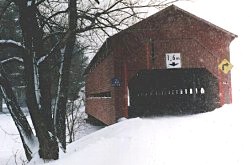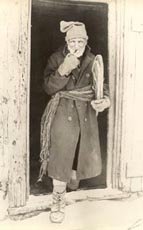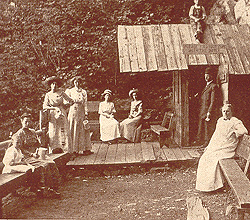Ponts couverts
 Vingt-et-un ponts couverts authentiques existent encore dans les Cantons-de-l'Est. À ceux-ci, on peut ajouter deux répliques semi-authentiques d'un cru plus récent. Il y a un siècle, des centaines de ponts couverts traversaient les rivières dans la région. La plupart des villages en possédaient au moins un sinon plusieurs.
Vingt-et-un ponts couverts authentiques existent encore dans les Cantons-de-l'Est. À ceux-ci, on peut ajouter deux répliques semi-authentiques d'un cru plus récent. Il y a un siècle, des centaines de ponts couverts traversaient les rivières dans la région. La plupart des villages en possédaient au moins un sinon plusieurs.



 Bâti en 1875, le Potton Springs Hotel et ses célèbres sources sulfureuses attireront des milliers de visiteurs en provenance de l’est de l’Amérique du Nord. Les curistes arrivaient par train – le Missisquoi and Black Rivers Valley Railway qui deviendra ensuite l’Orford Mountain Railway et, finalement, le Canadien Pacifique.
Bâti en 1875, le Potton Springs Hotel et ses célèbres sources sulfureuses attireront des milliers de visiteurs en provenance de l’est de l’Amérique du Nord. Les curistes arrivaient par train – le Missisquoi and Black Rivers Valley Railway qui deviendra ensuite l’Orford Mountain Railway et, finalement, le Canadien Pacifique.